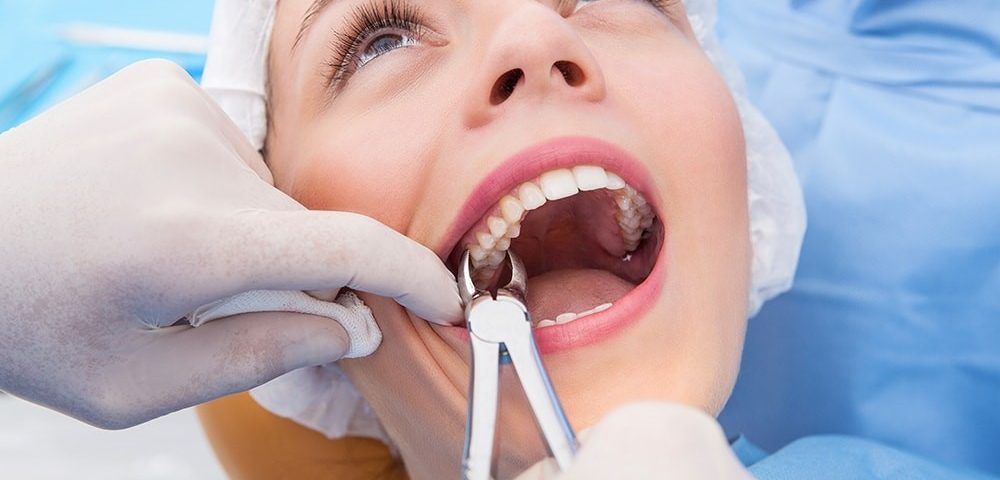Full mouth rehabilitation is a comprehensive and personalized dental treatment designed to restore both the function and beauty of your smile. Whether you’re dealing with broken, missing, or severely worn-down teeth, full mouth rehabilitation can help you regain a healthy, fully functional mouth. By combining advanced dental procedures like crowns, implants, veneers, and bridges, this treatment plan addresses various dental issues and works towards achieving a perfect smile. Full Mouth Rehabilitation treatment not only transforms your teeth but also improves your overall oral health, making it a long-term investment in both aesthetics and function.
What is Full Mouth Rehabilitation?
Full mouth rehabilitation, also known as full mouth restoration, is a multi-step dental process that addresses a wide range of oral health issues. Unlike traditional treatments that focus on individual problems, full mouth rehabilitation takes a holistic approach, targeting both cosmetic and functional concerns. The goal is to restore the health of your teeth and gums while enhancing the appearance of your smile. This procedure is highly personalized, as it involves carefully selecting treatments to suit your unique needs.
- Combines multiple dental treatments for comprehensive results
- Targets both aesthetic and functional dental concerns
- Customized to each patient's specific needs
- Restores teeth, gums, and bite to their optimal function and appearance
Benefits of Full Mouth Rehabilitation:
Opting for full mouth rehabilitation offers several significant benefits that go beyond simply improving the appearance of your smile. This treatment can relieve pain, improve your bite, and prevent further dental issues. Whether you’re replacing missing teeth, repairing damage, or addressing misalignment, full mouth rehabilitation can provide long-lasting solutions for better oral health and improved confidence.
- Restores function to teeth and bite
- Improves chewing, speaking, and overall comfort
- Alleviates pain caused by dental issues
- Enhances self-esteem and confidence through a beautiful smile
- Prevents future dental problems by addressing root causes
Procedures Involved in Full Mouth Rehabilitation:
Full mouth rehabilitation often requires a combination of several dental procedures, tailored to each patient’s individual needs. The specific treatments will vary based on factors such as the severity of the dental issues and the overall health of the patient’s teeth and gums. Common procedures involved in full mouth rehabilitation include dental implants, crowns, bridges, veneers, and gum treatments.
- Dental Implants: Replace missing teeth and provide a stable foundation for crowns and bridges.
- Crowns: Restore damaged teeth, providing strength and improving appearance.
- Veneers: Thin porcelain shells that cover imperfections like chips, discoloration, or gaps.
- Bridges: Fill gaps created by missing teeth by anchoring replacement teeth to neighboring teeth or implants.
- Gum Treatments: Address gum disease and improve gum health for a more stable foundation for other treatments.
The Full Mouth Rehabilitation Process:
The process of full mouth rehabilitation typically involves several stages, starting with a thorough evaluation of your oral health. During this initial consultation, your dentist will use diagnostic tools such as X-rays and digital scans to assess your dental condition. Based on this information, a customized treatment plan will be developed, outlining the necessary procedures. Full mouth rehabilitation often requires multiple visits, with each appointment focused on specific aspects of your treatment.
- Comprehensive consultation and examination
- Diagnostic tools like X-rays and scans to assess dental health
- Development of a personalized treatment plan
- Multiple visits required for various stages of the process
Recovery and Aftercare:
Recovery after Full Mouth Rehabilitation varies depending on the treatments involved, but most patients experience only mild discomfort and swelling in the initial days. Your dentist will provide detailed aftercare instructions to help manage pain and speed up the healing process. It is essential to follow these instructions carefully, as proper aftercare ensures the long-term success of your treatment and helps maintain the results. Regular follow-up visits are also important to monitor progress and make any necessary adjustments.
- Mild discomfort and swelling are typical post-procedure
- Follow aftercare instructions for optimal healing and recovery
- Regular check-ups to ensure treatment success
- Practice good oral hygiene to maintain the results of your rehabilitation
Long-Term Success and Maintenance:
Full mouth rehabilitation offers long-lasting results, but maintaining those results requires commitment to good oral care. Regular brushing, flossing, and routine dental visits will help preserve the health of your teeth and gums, ensuring that your new smile lasts for years to come. Proper care not only enhances the longevity of your restoration but also helps prevent future dental problems, making your investment in full mouth rehabilitation worthwhile.
- Long-lasting results with proper maintenance
- Regular dental check-ups are crucial for ongoing success
- Good oral hygiene habits contribute to the longevity of your restoration
- Ongoing care ensures the prevention of future dental issues

